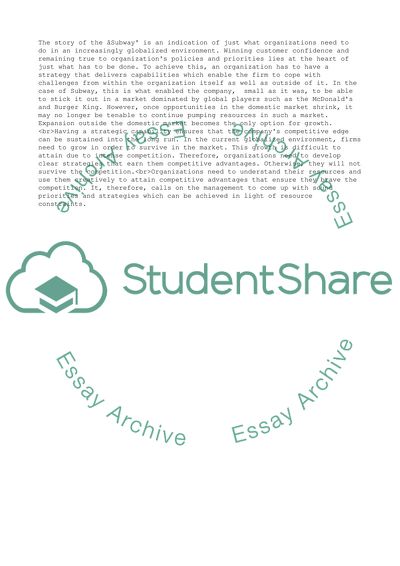Cite this document
(“Strategic Management Essay Example | Topics and Well Written Essays - 2250 words - 5”, n.d.)
Strategic Management Essay Example | Topics and Well Written Essays - 2250 words - 5. Retrieved from https://studentshare.org/management/1673270-strategic-management
Strategic Management Essay Example | Topics and Well Written Essays - 2250 words - 5. Retrieved from https://studentshare.org/management/1673270-strategic-management
(Strategic Management Essay Example | Topics and Well Written Essays - 2250 Words - 5)
Strategic Management Essay Example | Topics and Well Written Essays - 2250 Words - 5. https://studentshare.org/management/1673270-strategic-management.
Strategic Management Essay Example | Topics and Well Written Essays - 2250 Words - 5. https://studentshare.org/management/1673270-strategic-management.
“Strategic Management Essay Example | Topics and Well Written Essays - 2250 Words - 5”, n.d. https://studentshare.org/management/1673270-strategic-management.


